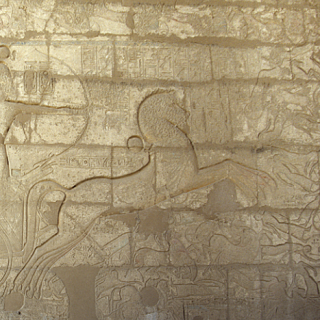Pharaohs, ancient Egypt’s divine rulers, held unparalleled political and religious influence, shaping millennia of rich history and monumental achievements.
Divine Role: Pharaohs were not just political leaders; they were also considered living gods. They were intermediaries between the gods and the people and were believed to ensure the continued order of the cosmos.
Child Rulers: Some pharaohs, like Tutankhamun and Pepi II, assumed the throne when they were children. Tutankhamun, for instance, became pharaoh around the age of nine.
Female Pharaohs: Though rare, there were female pharaohs like Hatshepsut and Cleopatra. Hatshepsut often portrayed herself with male attributes, including a beard, in sculptures and statues to legitimize her reign.
Longest Reign: Pepi II, who began his rule at a very young age, is often cited as the pharaoh with the longest reign, possibly up to 94 years.
Nemes Headdress: The iconic striped headcloth, known as the Nemes headdress, was exclusive to pharaohs. The famous golden mask of Tutankhamun features this headdress.
Beard Significance: Pharaohs often wore false beards called “osird” during rituals. These beards were symbolic of godliness and were worn regardless of age or gender.
Building Legacy: Many pharaohs constructed grand monuments, temples, and pyramids to honor the gods and ensure their own legacy. The pyramids of Giza built during the Fourth Dynasty are among the most famous.
Warrior Pharaohs: Pharaohs like Ramesses II and Thutmose III were renowned for their military prowess and significant battles, expanding Egypt’s territories and influence.
Unique Burials: Pharaohs were buried with a multitude of treasures, believing these would accompany them in the afterlife. The discovery of Tutankhamun’s tomb in 1922 provided invaluable insight into this practice.
End of an Era: Cleopatra VII, who reigned from 51-30 BC, was the last active pharaoh of ancient Egypt. After her reign, Egypt became a Roman province.
Pharaoh Nameplates: Pharaohs had five names, and two of them (the nomen and the prenomen) were inscribed inside oval rings called cartouches.
Mummification: Pharaohs underwent an elaborate mummification process to preserve their bodies for the afterlife. This process included the removal of internal organs, drying the body, and wrapping it in linen.





























